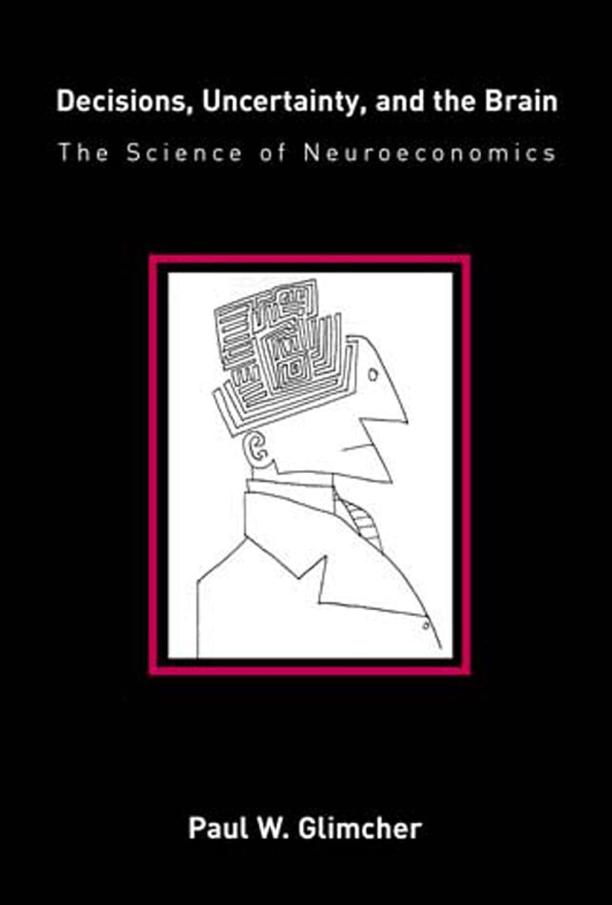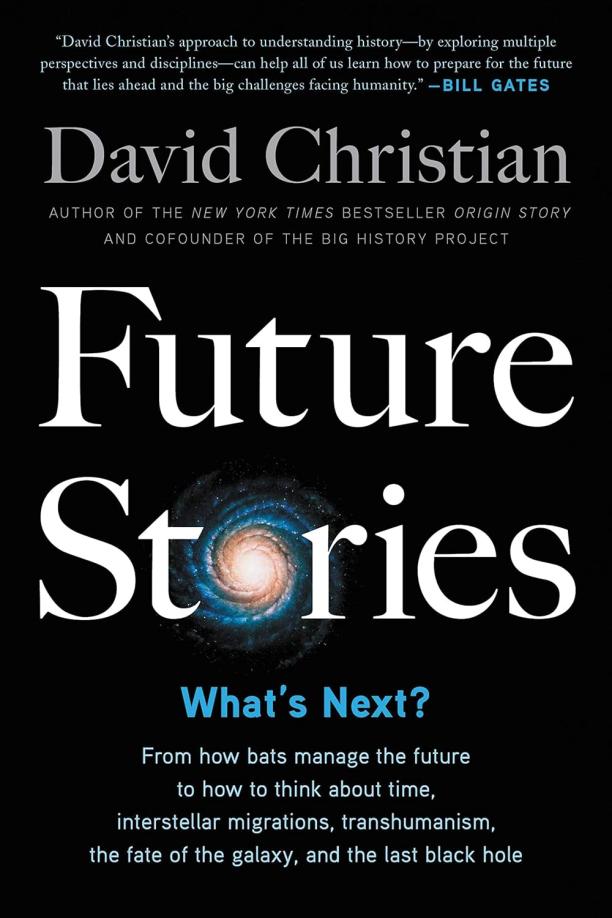Summaries of books about Science & Math:

Annoying
The Science of What Bugs Us
Joe Palca|Flora Lichtman
The book delves into the psychological and sociological aspects of what irritates people, exploring a range of common annoyances from noises to personal pet peeves. It combines scientific research with humorous anecdotes to explain why certain things get under our skin and how our brains and cultures influence our reactions.
See full summary

Crossing the Energy Divide
Moving from Fossil Fuel Dependence to a Clean-Energy Future
Robert U. Ayres|Edward H. Ayres
The book discusses the urgent need to transition from reliance on fossil fuels to sustainable energy sources due to environmental and economic concerns. It explores potential solutions and strategies, including energy efficiency and renewable technologies, to bridge the gap towards a cleaner, more resilient energy future.
See full summary

Sleepyhead
The Neuroscience of a Good Night's Rest
Henry Nicholls
The book delves into the science of sleep disorders, drawing on the author's personal experience with narcolepsy. It explores the impact of sleep on health, the biology of sleep cycles, and the latest research in sleep science to understand what constitutes restful sleep.
See full summary

Decisions, Uncertainty, and the Brain
The Science of Neuroeconomics
Paul W. Glimcher
The book explores the intersection of neuroscience, economics, and psychology to understand how the brain makes decisions under uncertainty. It presents a framework for neuroeconomics, discussing how neural activity correlates with economic choices and the mechanisms behind decision-making processes.
See full summary

Beyond Global Warming
How Numerical Models Revealed the Secrets of Climate Change
Syukuro Manabe|Anthony J. Broccoli
The book delves into the development and use of numerical models to understand climate change, discussing how these models have helped scientists predict future climate conditions by simulating the complex interactions within Earth's atmosphere, oceans, and land surfaces. It also explores the historical progression of climate modeling, from early efforts to current sophisticated systems, and the insights they provide into the mechanisms driving global climate patterns and changes.
See full summary

SAM
One Robot, a Dozen Engineers, and the Race to Revolutionize the Way We Build
Jonathan Waldman
The book chronicles the development of SAM (Semi-Automated Mason), a robotic bricklayer, detailing the challenges faced by a team of engineers as they attempt to disrupt the construction industry. It explores the intersection of technology and traditional craftsmanship, highlighting the human elements of innovation and the complexities of bringing a groundbreaking robot to market.
See full summary

Dazzled and Deceived
Mimicry and Camouflage
Peter Forbes
The book explores the history and science of mimicry and camouflage in nature, detailing how animals and plants have evolved to deceive predators and prey. It also delves into the human understanding of these phenomena, including the influence on military strategies and the work of pioneering scientists in the field.
See full summary

Eradication
Ridding the World of Diseases Forever?: Ridding the World of Disease Forever?
Nancy Leys Stepan
The book examines the historical, biological, and ethical aspects of disease eradication efforts, discussing the successes and failures of past campaigns against infectious diseases like smallpox and malaria. It explores the complexities and challenges of global health initiatives, questioning the feasibility and desirability of completely eliminating diseases.
See full summary

Future Stories
What's Next?
David Christian
The book explores potential scenarios for the future of humanity and the planet, drawing on insights from history, science, and technology. It examines challenges and opportunities that lie ahead, such as climate change, artificial intelligence, and shifts in global power dynamics.
See full summary

Lonely Ideas
Can Russia Compete?
Loren Graham
The book examines the paradox of Russia's impressive capacity for scientific discovery and invention contrasted with its consistent failure to commercialize and capitalize on those innovations. It explores historical and cultural factors that have hindered Russia's technological competitiveness on the global stage.
See full summary